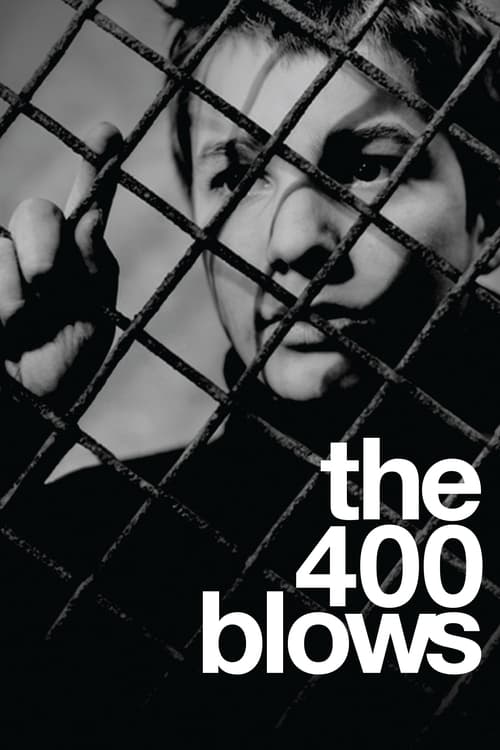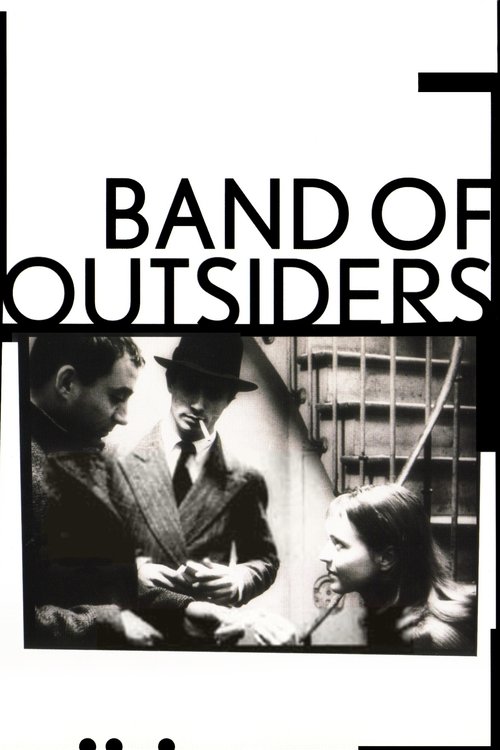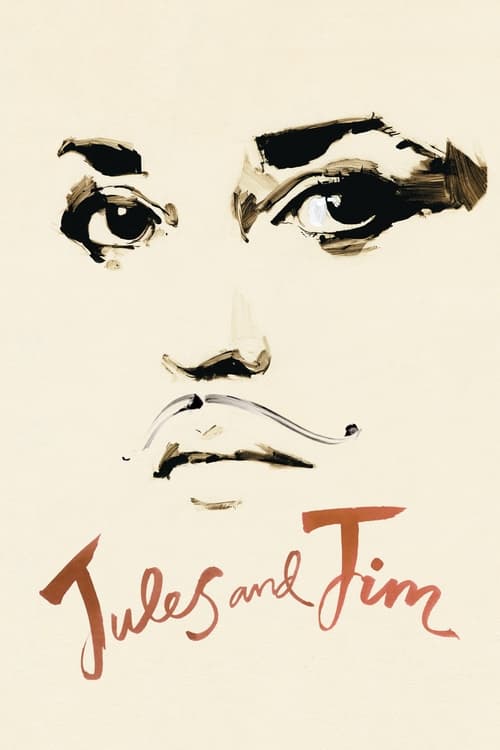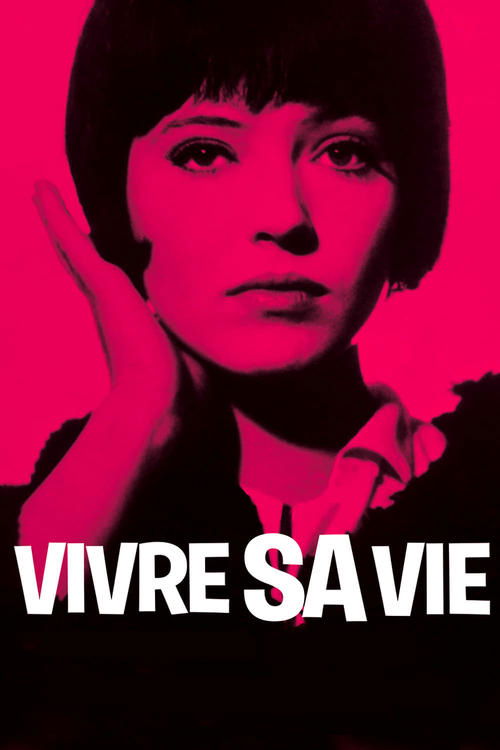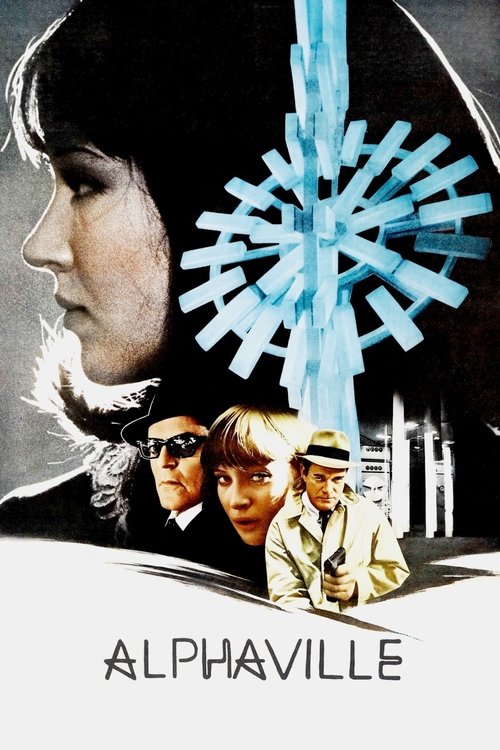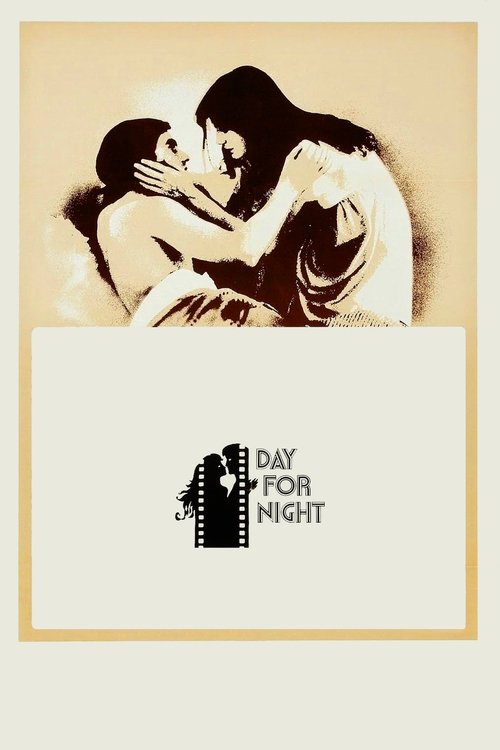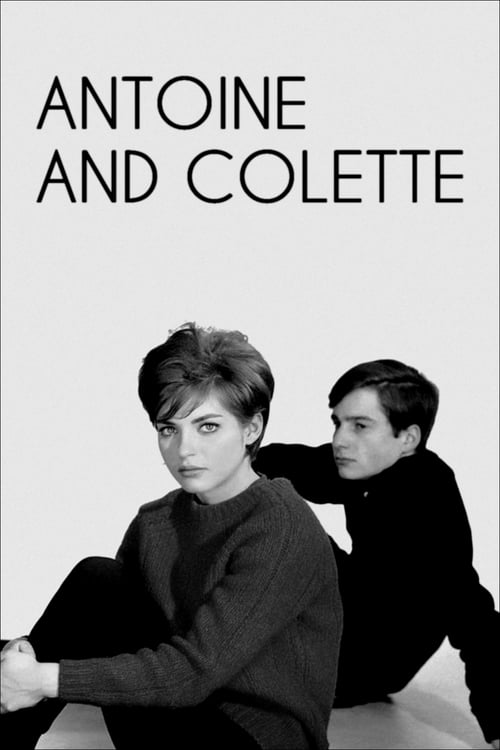French New Wave: Breathless Revolution
Godard and Truffaut's innovation
The French New Wave (Nouvelle Vague) of the late 1950s and early 1960s revolutionized cinema by shattering conventional filmmaking rules through radical experimentation and youthful rebellion.
The movement emerged from the film criticism of Cahiers du Cinéma, where future directors Jean-Luc Godard and François Truffaut developed their auteur theory, arguing for directors as primary creative forces. Their transition from critics to filmmakers produced groundbreaking works that challenged traditional cinema. Godard's "Breathless" (1960) deliberately violated established editing conventions with jump cuts, handheld cameras, and location shooting, while Truffaut's "The 400 Blows" (1959) brought unprecedented authenticity to youth narratives through natural lighting and documentary-style techniques. These innovations reflected both their deep knowledge of film history and their desire to break free from the "tradition of quality" they criticized in French cinema.
The technical innovations of the French New Wave fundamentally changed how films could be made. Using lightweight cameras like the Éclair NPR, cinematographers could move freely through real locations, abandoning studio constraints. Raoul Coutard, who shot many of Godard's films, developed a distinctive visual style using natural light and handheld techniques. In "Band of Outsiders" (1964), Godard and Coutard created iconic sequences like the Madison dance scene with a raw, immediate aesthetic that influenced generations of filmmakers. Similarly, Henri Decaë's work on Truffaut's "Jules and Jim" (1962) demonstrated how mobile camerawork could capture the spontaneity and energy of youth culture.
The New Wave directors revolutionized storytelling by rejecting traditional plot structures in favor of more fluid, personal narratives. Godard's "Vivre Sa Vie" (1962) broke its story into twelve distinct tableaux, each examining different aspects of its protagonist's life with documentary-like detachment. Truffaut's "Shoot the Piano Player" (1960) mixed genres freely, moving between comedy, tragedy, and noir with unprecedented freedom. These films emphasized character psychology and emotional truth over conventional plot mechanics, often incorporating direct address to the camera and other techniques that acknowledged the artificial nature of cinema.
The movement emerged during a period of significant social change in France, reflecting the rebellious spirit of post-war youth culture. Godard's "La Chinoise" (1967) directly engaged with contemporary radical politics, while Truffaut's "Fahrenheit 451" (1966) addressed censorship and conformity through science fiction. These films weren't just stylistically revolutionary; they captured the zeitgeist of their era, documenting social upheaval and generational conflict. The directors' approach to filming on location in Paris created a valuable historical record of the city during this transformative period.
The impact of the French New Wave extended far beyond France, inspiring new movements worldwide. American directors like Martin Scorsese and Francis Ford Coppola directly acknowledged their debt to the movement, while the jump cuts and handheld camera work became standard techniques in modern cinema. The movement's influence can be seen in everything from the American New Hollywood of the 1970s to contemporary independent film. Godard's deconstruction of genre in films like "Alphaville" (1965) continued to influence experimental filmmakers, while Truffaut's naturalistic approach to character and performance shaped modern drama.
The technical and narrative innovations of the French New Wave remain relevant in contemporary cinema. The movement's emphasis on personal vision and low-budget, location-based production anticipated modern independent filmmaking. Digital technology has made the movement's guerrilla filmmaking techniques more accessible than ever, while its questioning of traditional narrative continues to influence experimental cinema. The philosophical and political concerns of films like Godard's "Weekend" (1967) resonate with current discussions about consumerism and social collapse.
More Ideas

Pierrot le Fou
(1965)
Godard's colorful crime romance with Jean-Paul Belmondo
Streaming on Criterion Channel
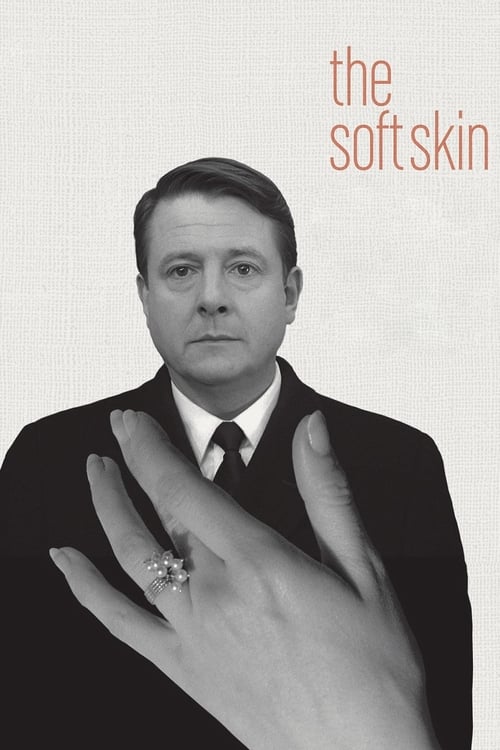
The Soft Skin
(1964)
Truffaut's precise examination of an extramarital affair
Streaming on Criterion Channel

Made in USA
(1966)
Godard's pop-art tribute to American crime films
Streaming on Criterion Channel
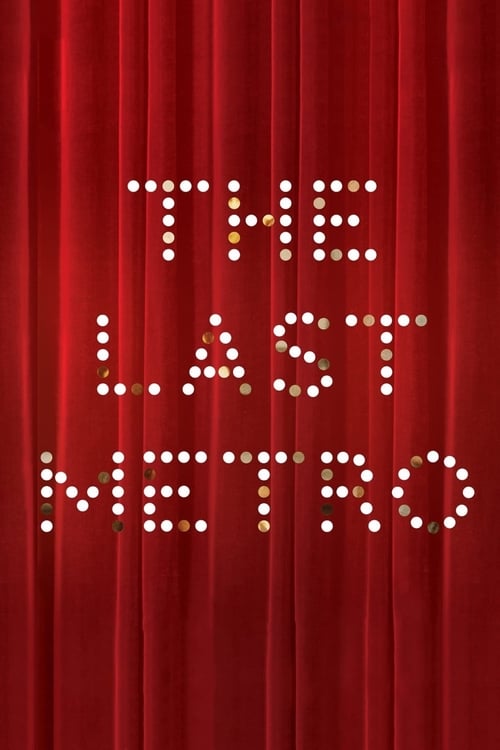
The Last Metro
(1980)
Truffaut's drama set in occupied France
Streaming on Criterion Channel
More from Movements in Film
Italian Neorealism: Truth in Cinema
Post-war authenticity
British Kitchen Sink & Social Realism
Working class stories
Japanese New Wave: Oshima & Imamura
Breaking tradition
Czech New Wave: Behind Iron Curtain
Political allegory and freedom
German New Cinema: Herzog & Fassbinder
Post-war artistic renewal
German Expressionism & Silent Era
Visual psychology emerges

